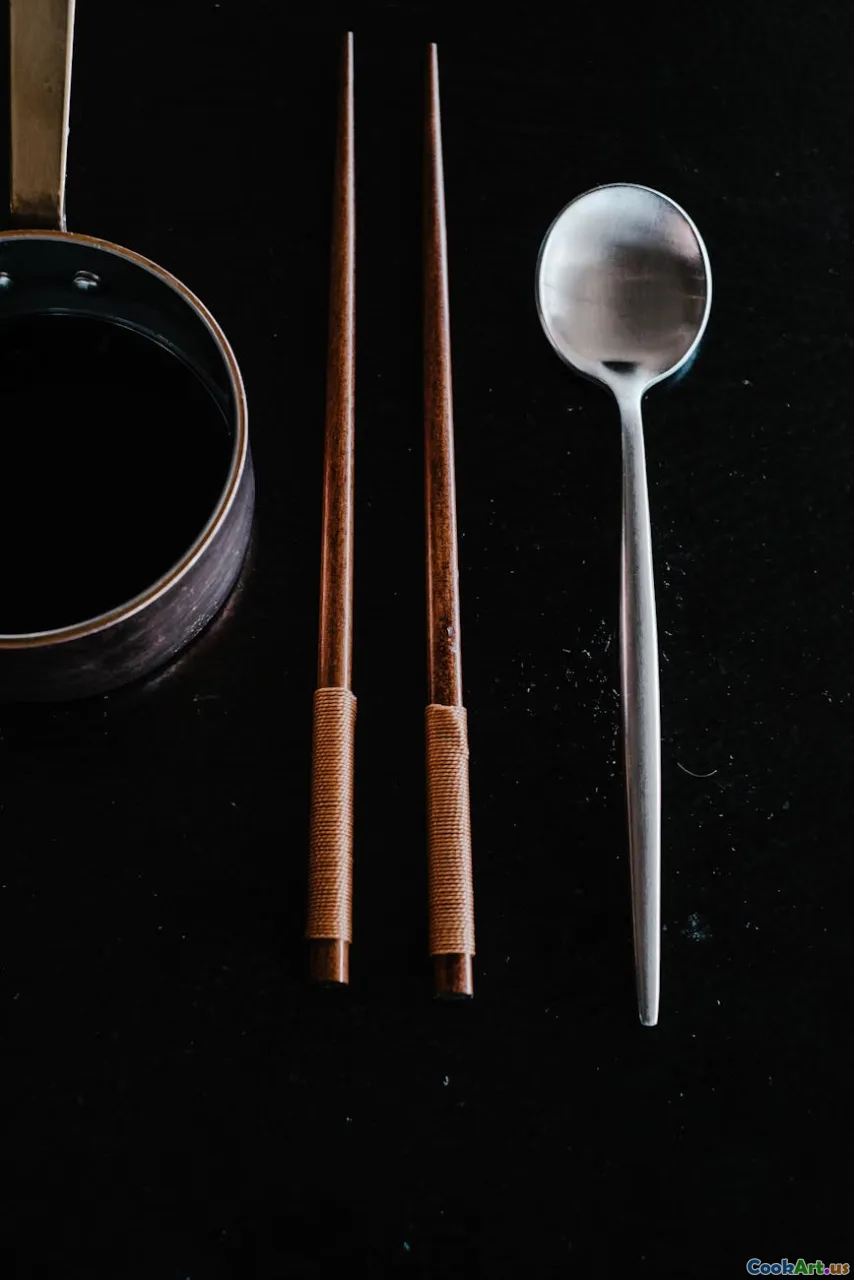Culinary History: Influences on Modern Cooking
5 min read Discover how historical events and cultural exchanges shape modern culinary practices today. April 11, 2025 03:00
Culinary History: Influences on Modern Cooking
Cooking is more than just a necessity; it is an art form steeped in history and cultural significance. Modern cooking is a tapestry woven from various influences that span centuries and continents. This article will explore how historical events, trade routes, immigration, and cultural exchanges have shaped the culinary landscape we know today.
The Spice Trade: A Catalyst for Change
The spice trade was one of the earliest influences on global cuisine, dating back to ancient times. Spices such as pepper, cinnamon, and cloves were highly prized and sought after, leading to the establishment of trade routes that connected Europe, Asia, and Africa. The introduction of these spices not only enhanced flavors but also transformed cooking techniques, as preservation methods and cooking styles adapted to incorporate these new ingredients.
The Role of Exploration
With the Age of Exploration in the 15th and 16th centuries, European explorers ventured into new territories, discovering not only new ingredients but also new culinary traditions. The introduction of tomatoes from the Americas to Europe, for example, revolutionized Italian cuisine, leading to the creation of iconic dishes. Similarly, the arrival of spices like chili peppers from the New World influenced the cuisine of Asia, particularly in countries like India and Thailand.
Immigration and Culinary Fusion
Throughout history, waves of immigration have brought diverse culinary traditions to new lands, creating a melting pot of flavors. In the United States, for instance, the arrival of immigrants from Italy, China, Mexico, and other countries has led to the evolution of what we now know as American cuisine. Dishes like tacos, pizza, and stir-fry are direct results of this culinary amalgamation.
The Influence of Cultural Exchanges
Cultural exchanges not only influence ingredients but also cooking techniques. The French culinary tradition, revered for its techniques and presentation, has inspired chefs globally. Techniques like sous-vide and confit have crossed borders, becoming staples in modern kitchens. Furthermore, the concept of 'mise en place'—the preparation and organization of ingredients before cooking—has transcended cultures, emphasizing efficiency and precision in the kitchen.
Technology and Modern Cooking
The evolution of cooking technology has also played a crucial role in shaping modern cuisine. The invention of the refrigerator changed food preservation and availability, allowing for a wider variety of ingredients to be used year-round. Similarly, advancements in cooking appliances—from electric stoves to microwaves—have altered how we approach cooking, making it more accessible and convenient.
Sustainability and Global Awareness
Today, modern cooking is increasingly influenced by global awareness and sustainability. Chefs and home cooks alike are prioritizing local, seasonal ingredients, driven by a desire to reduce carbon footprints and support local economies. This shift is reminiscent of traditional practices, where communities relied on local produce and sustainable methods.
Conclusion: A Culinary Tapestry
The influences on modern cooking are vast and varied, creating a rich tapestry of flavors, techniques, and traditions. From historical trade routes to modern advancements, each thread contributes to the culinary practices we cherish today. As we continue to explore and innovate, it is essential to honor the history that has shaped our plates, ensuring that the legacy of culinary diversity persists for generations to come.









